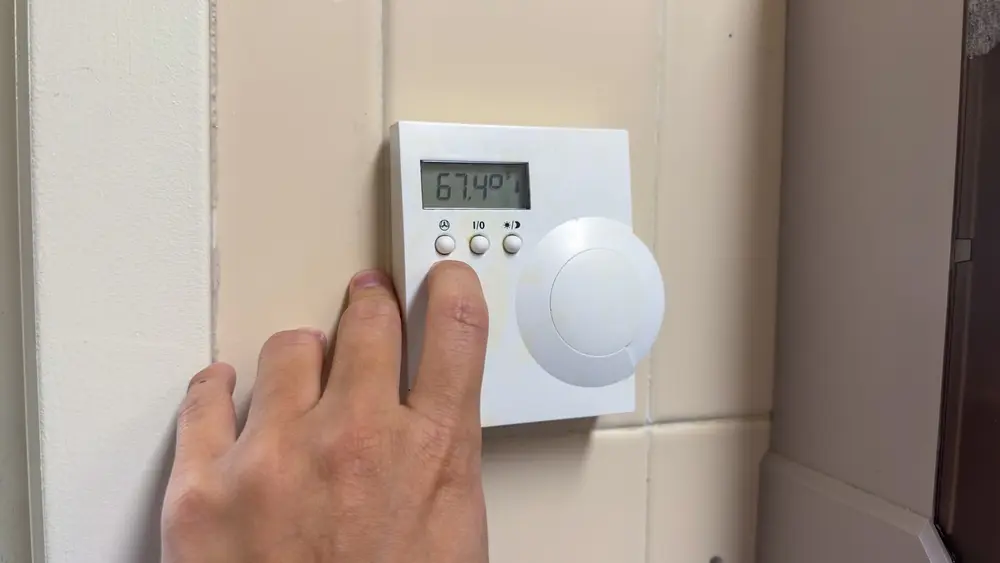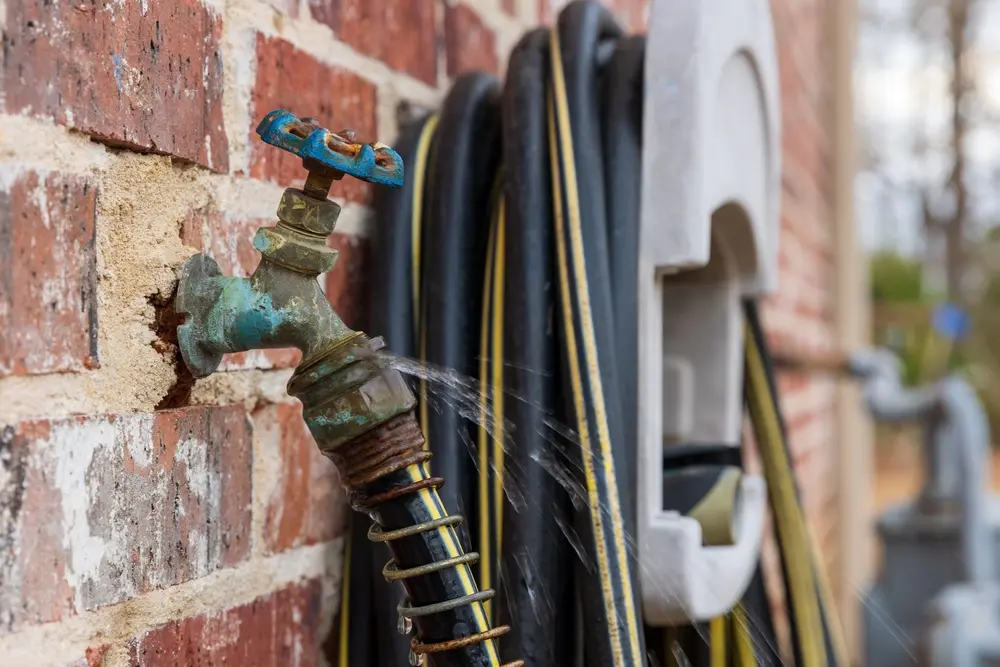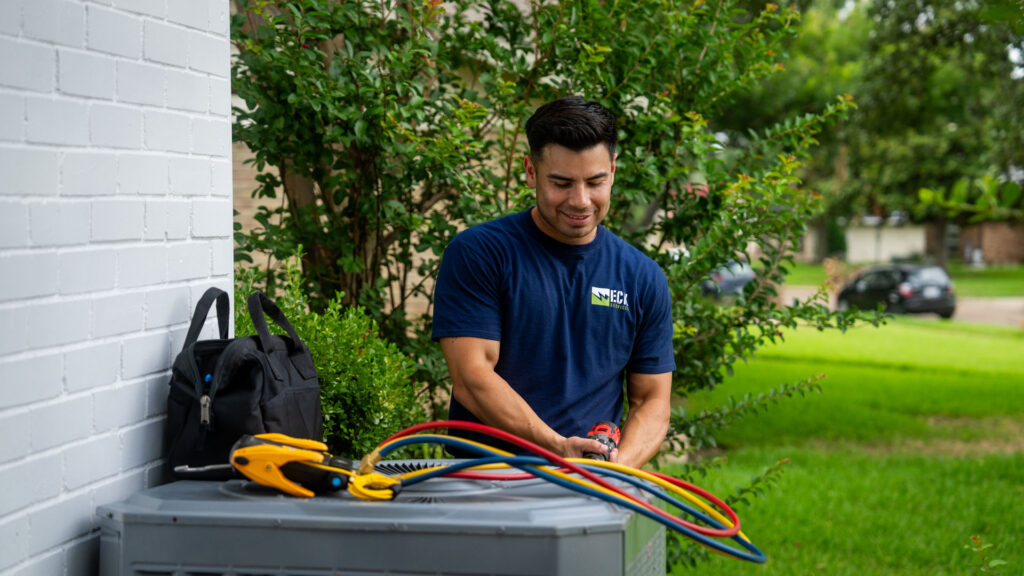Blog
Are Whole-Home Surge Protectors Worth It?

Installing whole-house surge protection in your South Central Kansas home will provide a very important range of benefits. Although the primary purpose of surge protection is preventing the damage or destruction of costly appliances and devices, it's also an excellent form of fire prevention.
With the state of Kansas experiencing an average of 50 thunderstorms each year, lightning strikes that cause dangerous circuit overloads are incredibly common. Thus, even simply residing in this area is good reason to explore the benefits of surge protection.
7 Signs You Need to Install Whole-Home Surge Protection
To help you decide if this upgrade is right for you, here are seven signs that your home might need it.
1. Your Lights Often Flicker
Flickering lights can be an indication of many different electrical problems. However, more often than not, flickering lights mean that there have been abrupt changes in the demand for power. For instance, if you have a portable air conditioner or heater installed, turning this unit on or having it enter a new cycle of operation can cause the lights to flicker. These constant changes in power demands may cause progressive problems with everything that you have plugged in.
In fact, flickering lights could mean that your electrical system has already sustained significant damage due to small but recurring power surges. Having a whole-house surge protection device (SPD) put in will keep your lights steady and ensure that changing power demands aren't harming your current electrical setup, your appliances, or your personal devices.
2. You Have Discolored Outlets
Are there outlets throughout your home that are discolored or look charred? If there are, you should call a licensed electrician in right away. Power surges are a likely cause of this issue, but you may have wiring problems that are placing you at extreme risk of an electrical fire. This is something that often occurs in older homes with outdated electrical systems.
Plugging in a number of brand-new, modern appliances and devices without making necessary changes can lead to charred-looking outlets. It also greatly increases the risk of dangerous circuit overloads. In these instances, not only does the electrical wiring need to be upgraded, but whole-house surge protection is also advised.
3. Your Circuit Breakers Frequently Trip
Much like flickering lights, a circuit breaker that frequently trips can be the result many different things. However, one very common cause of this issue is equally frequent, small-sized power surges. A professional electrician can investigate this issue to determine whether you've got:
- Problems with a ground fault
- A fuse box or circuit breaker that needs to be replaced
- Electricity demands that exceed the capabilities of your current setup
- Issues with short-circuiting
When circuit breakers trip and fuses blow, they often produce audible popping sounds. In some instances, they may even produce a small amount of smoke. Any time that there's evidence of smoke or burning, you'll want to have a professional come out.
4. You've Got Costly Technology to Protect
Surge protection is always a wise investment for anyone who's spent considerable sums on home appliances and electrically powered devices. Whether you've got a cutting-edge mobile phone that you regularly charge with a wall outlet, an expensive gaming computer, or a massive flat-screen TV, a major electrical surge could leave you with non-functioning equipment. This is also true of new refrigerators, washing machines, clothes dryers, deep freezers, and more.
Even if a major power surge doesn't cause these things to stop working, it will diminish their lifespans and set the stage for recurring functional problems. Moreover, many product warranties require homeowners to have surge protection in place. After all, although product manufacturers are willing to assume the costs of repairing or replacing inherently damaged goods, they cannot afford to repair or replace every product that consumers have either damaged themselves or failed to protect.
In this instance, surge protection is essentially a set-it-and-forget-it solution. You can plug your costly appliances and devices in without worrying about how unexpected events might impact their performance. If the power supply to your home is suddenly cut off and then suddenly restored, the technology that you own won't be affected. Thunderstorms and lightning strikes won't put you at risk of losing many of your most costly, and likely most valuable, items.
5. Your Home Insurance Policy Doesn't Cover Damaged Appliances
Just as product manufacturers are rarely willing to cover the replacement or repair costs of items that have been damaged by unprotected power surges, most home insurance companies aren't either. If you only have a standard home insurance plan, power surges that damage or destroy major home appliances will leave you having to pay out-of-pocket.
More importantly, even if you choose to upgrade your home insurance policy so that this protection is available, your insurer will likely require some form of surge mitigation. Having whole-house surge protection installed will prevent uncovered damages from occurring and keep you compliant with the terms of any additional policy that you've bound.
6. You Want Reliable Fire Prevention
Smart homeowners do all that they can to prevent and plan for house fires. This includes having a solid exit strategy, installing fire extinguishers throughout the building, and limiting indoor activities that are known fire risks. Some homeowners even have overhead sprinklers installed and other technologies for either preventing widespread house fires or putting them to a swift end.
As you draft and implement your fire prevention plan, and as you invest money in products and services to help with these efforts, remember that surge protection is always a critical element. Although many house fires are started by unattended cooking projects, unattended candles, and building residents who fall asleep while smoking, just as many are the result of electrical problems and poor electrical planning.
7. You've Got Outlet Surge Protectors Everywhere
You can certainly go to a local home and hardware store or a computer store and buy a bunch of outlet surge protectors at a relatively modest cost. However, these products provide limited protection and they require more monitoring and maintenance than a whole-house solution will. Outlet surge protectors often have relatively short lifespans. Most last between just three and five years. They also only work when building residents remember to use them.
Imagine having a teenager plug an expensive laptop or computer directly into a wall outlet rather than using a nearby surge protector. A single surge event could damage this costly equipment and leave you without the replacement protection that a warranty or insurance policy might otherwise provide. Another important thing to note about outlet surge protectors is that they're generally only capable of protecting against damages caused by common household surges. Issues with lightning strikes may exceed their protective abilities. In Kansas, the risk of lightning strikes is relatively high compared to other areas and thus, outlet surge protectors that both sell well and perform well in other locations aren't guaranteed to perform well here.
Why Choose Eck Services for Electrical Solutions in Wichita and the Surrounding Areas?
At Eck Services, we provide reliable electrical services to residents of Kingman, Wichita, Medicine Lodge, Salina, Anthony, and Hutchinson, Kansas. We also offer plumbing, heating and cooling, and indoor air quality services. We're committed to helping our clients keep their homes and their personal items protected from power surges and many other electrical issues.
If you're interested in getting whole-house surge protection for your home, call us today at (620) 220-1752




